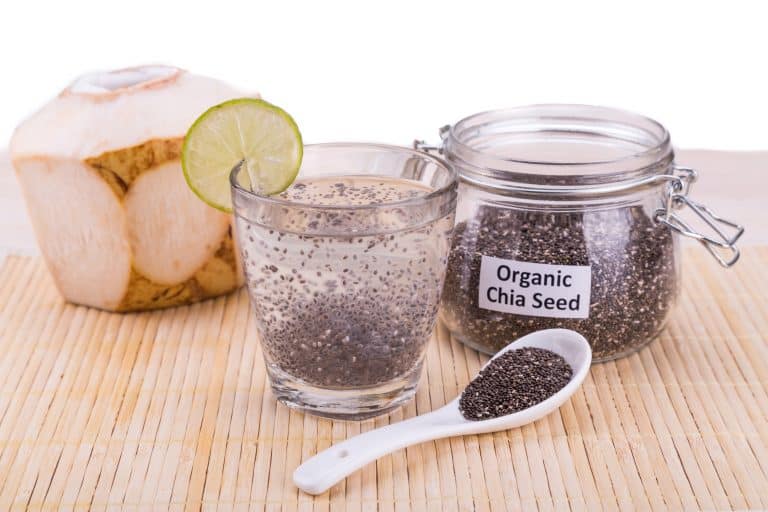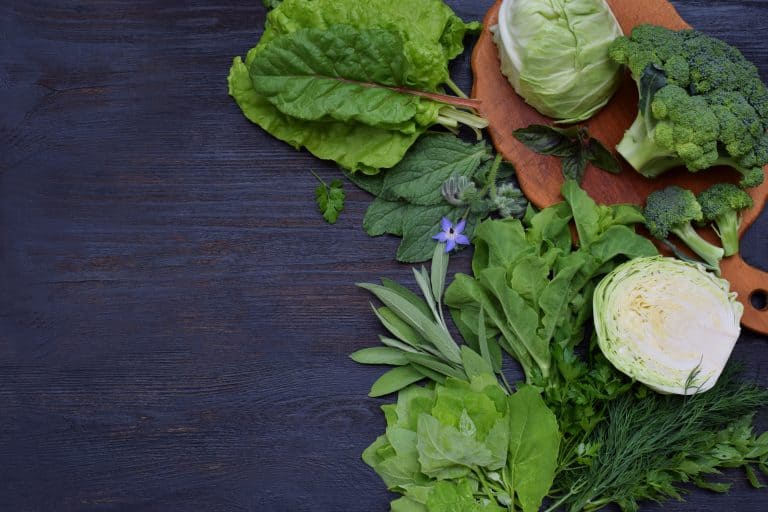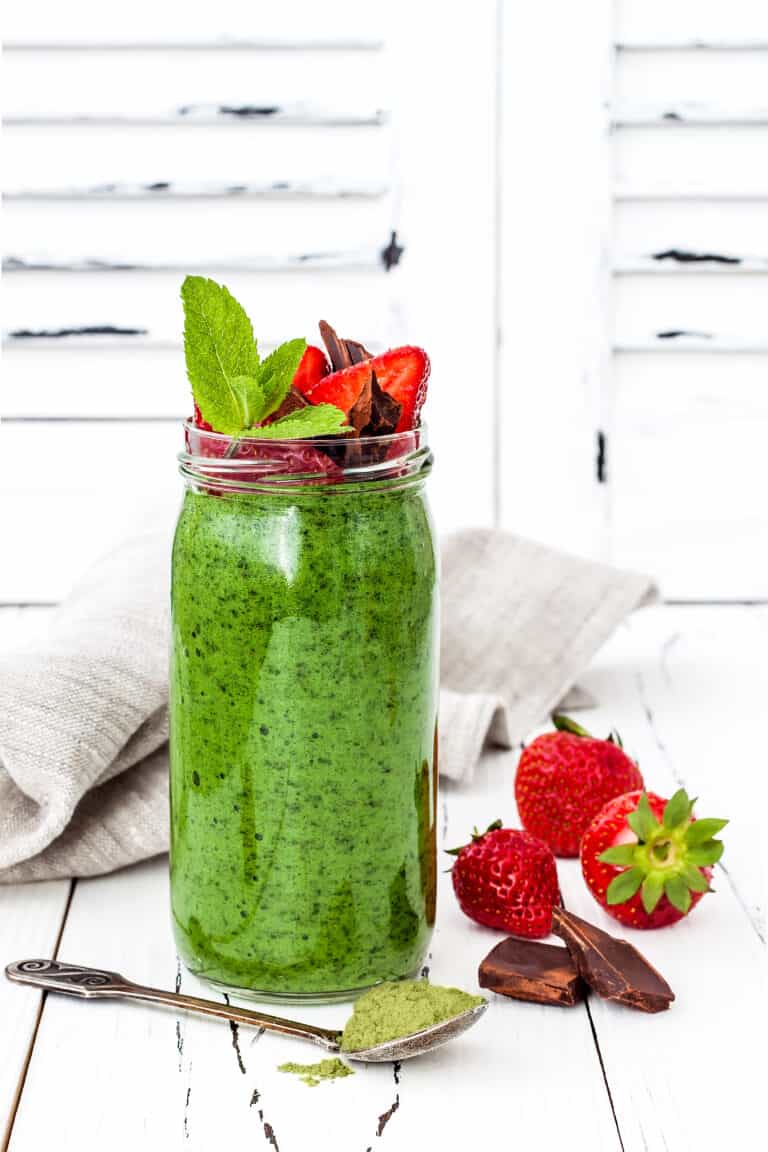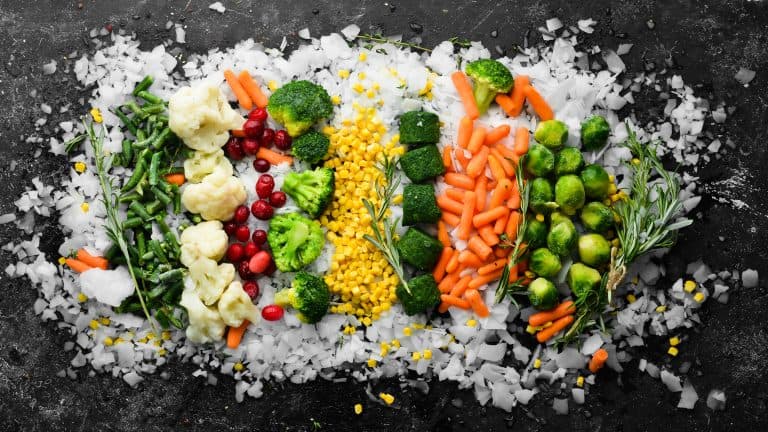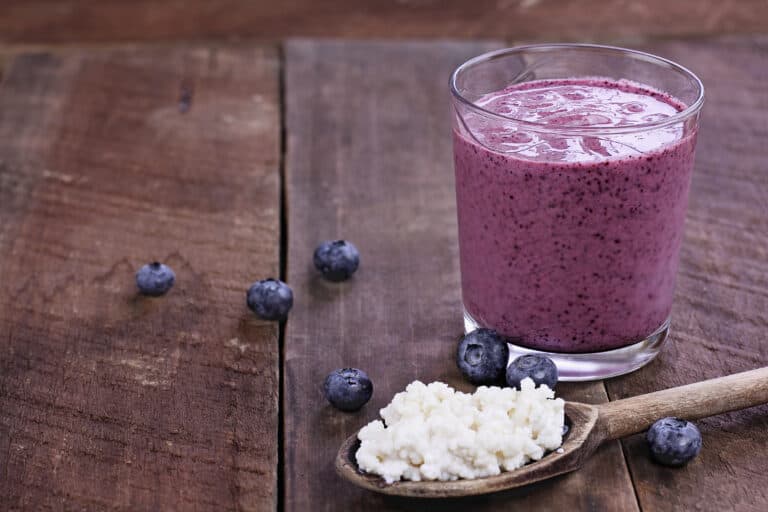How to Make Meal Replacement Smoothies (with Recipes)
Disclosure: This post may contain affiliate links, meaning I get a commission if you decide to make a purchase through my links, at no cost to you.
Meal replacement smoothies can be a great way to make sure you’re getting the nutrients your body needs while losing weight, but not all smoothies are created equal – some will leave you feeling hungry soon after drinking them.
So, how do you make a smoothie that will actually act as a meal replacement?
In this article, we’ll give you tips on what ingredients to use to create a filling and satisfying smoothie, answer your most pressing questions about using smoothies as meal replacements, and give you our favorite recipes for some delicious and nutritious smoothies that can double as meals.
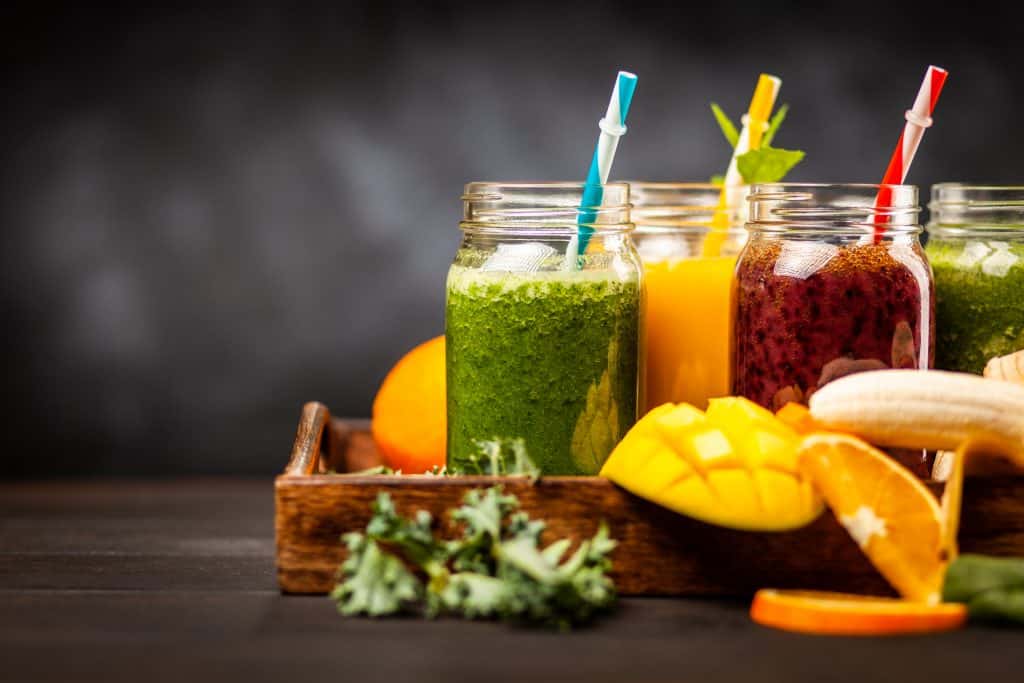
Can Smoothies Be Used as a Meal Replacement?
Yes, smoothies can be used as a meal replacement – but not all smoothies are created equal.
To make a filling and satisfying smoothie that will actually hold you over until your next meal, you’ll need to include a balance of fat, protein, and carbohydrates.
If your smoothie is lacking in one (or more) of these macronutrients, you’ll likely find yourself feeling hungry soon after drinking it. But if you get these nutrients in your smoothie, you’ll be able to easily go until your next meal without feeling famished.
Some people will drink a meal replacement shake, but in my opinion this isn’t as good of a replacement for a meal because it’s hard to get dietary fiber in a shake. A smoothie allows you to blend whole fruits and vegetables into your drink.
Are Smoothies Good Meal Replacements for Weight Loss?
Smoothies can be a great tool for weight loss – but again, it all comes down to the ingredients you use.
If you’re looking to lose weight, you’ll want to make sure your smoothie includes protein and fiber, as these two nutrients have been shown to help with weight loss by keeping you feeling fuller longer and helping to reduce your overall calorie intake.
You’ll also want to avoid adding too much sugar to your smoothie, as this can offset any weight loss benefits you may be hoping to achieve.
The calorie and fat counts of your smoothie will differ for weight loss depending upon your goals. If you want a low calorie, nonfat smoothie, it’s easy to use fruits, vegetables and a nonfat milk (either skim or plant based milks), or if you’re doing a keto diet you can make a smoothie that is high in fat and low in carbohydrates.
It really depends upon your weight loss method, but smoothies can fit into any weight loss meal plan (even Weight Watchers, which is what I have done to lose 30 lbs).
Benefits of Drinking Smoothies as Meals
Drinking smoothies as meals comes with a whole host of benefits – both for your health and for your weight loss goals.
Some of the benefits of drinking smoothies as meals include:
You’re able to pack in a lot of nutrients: Smoothies are a great way to get a nutrient-rich meal, as you can pack a lot of fruits, vegetables, and other healthy ingredients into one drink.
They’re quick and easy to make: Let’s face it – sometimes we just don’t have the time (or energy) to cook a healthy meal. Smoothies are the perfect solution for those times when you need a quick and easy meal that you can make in just a few minutes.
They’re portable: Have a busy day ahead and no time to sit down for a meal? No problem – just throw your smoothie in a to-go cup and take it with you. You can drink them on the go, which makes them perfect for busy people who need a quick and healthy meal option.
Smoothies can help you lose weight: As we mentioned before, smoothies can be a great tool for weight loss. By including protein and fiber in your smoothie, you can help to reduce your overall calorie intake and keep yourself feeling full until your next meal.
They’re versatile: Don’t like one of the ingredients in a recipe? Swap it out for something else.
There are endless flavor and ingredient combinations you can try with smoothies, so you’re sure to find a combination that you love, and you can have a different smoothie every day, which is great for people like me who like variety.
The Best Ingredients for Meal Replacement Smoothies
When making a meal replacement smoothie, you’ll want to include a source of healthy fat, a protein source, and some complex carbohydrates.
Healthy fats will help you to feel full and satisfied after drinking your smoothie, while protein and complex carbs will give you sustained energy throughout the day.
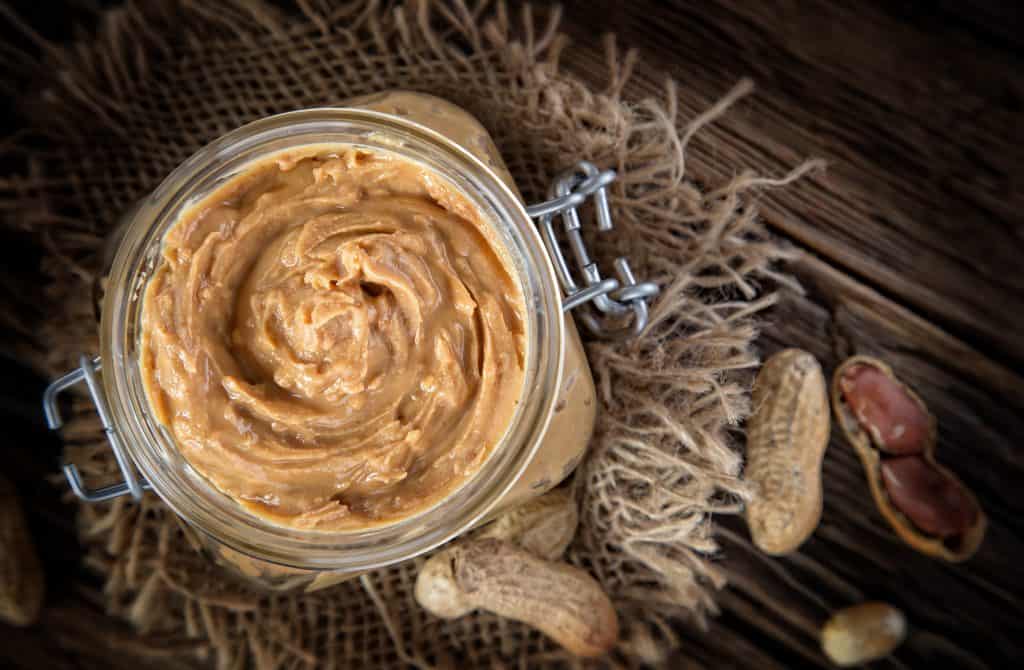
Healthy Fats
Avocados: Avocados are a great source of healthy fats, and they also add creaminess to your smoothie. I like to add ½ an avocado to my smoothies, even though I don’t like the taste of avocado and would never usually eat it. Trust me, it hides really well in smoothies but gives you staying power!
Nuts and nut butters: Nuts and nut butters are another great source of healthy fats, and they also add some protein to your smoothie. I usually add a tablespoon of almond butter or cashew butter to my smoothies, and the boys really enjoy a good peanut butter smoothie.
Seeds: Seeds like chia seeds, flaxseeds, and hemp seeds are also a great source of healthy fats. I like to add a tablespoon of chia seeds to my smoothies.
Coconut oil: Coconut oil is a great source of healthy fats, and it also has some anti-inflammatory properties. I like to add a tablespoon of coconut oil to my smoothies. This is really great for those who are on a higher fat diet, but even those who aren’t low carb or keto can benefit from the staying power of coconut oil (or MCT oil).
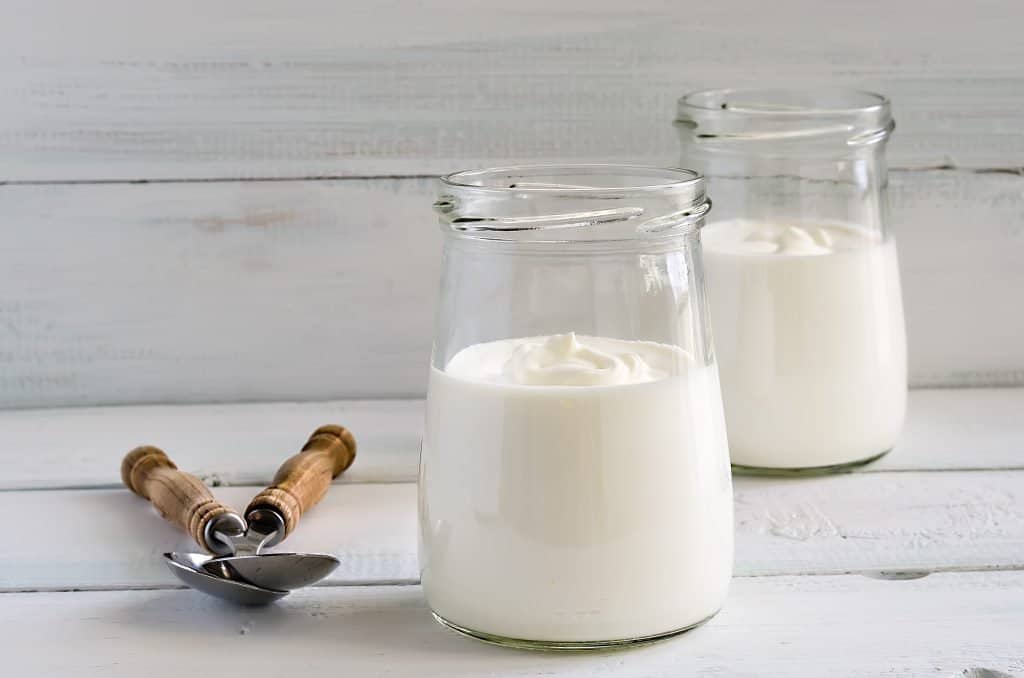
Protein Sources
Yogurt: Yogurt is a great source of protein, and it also gives your smoothie a creamy texture. I sometimes add a half cup of yogurt to my smoothies, and my dairy free son has a lot of nondairy yogurt options. If you consum dairy, you can also use plain Greek yogurt as it is higher in protein.
Protein powder: Protein powder is another great way to add protein to your smoothie. I like to use a plant-based protein powder, but there are many different kinds available. Just be sure to choose one that you like the taste of! Keep trying different ones until you find one you like. There are so many different ones out there you’re bound to like at least one of them.
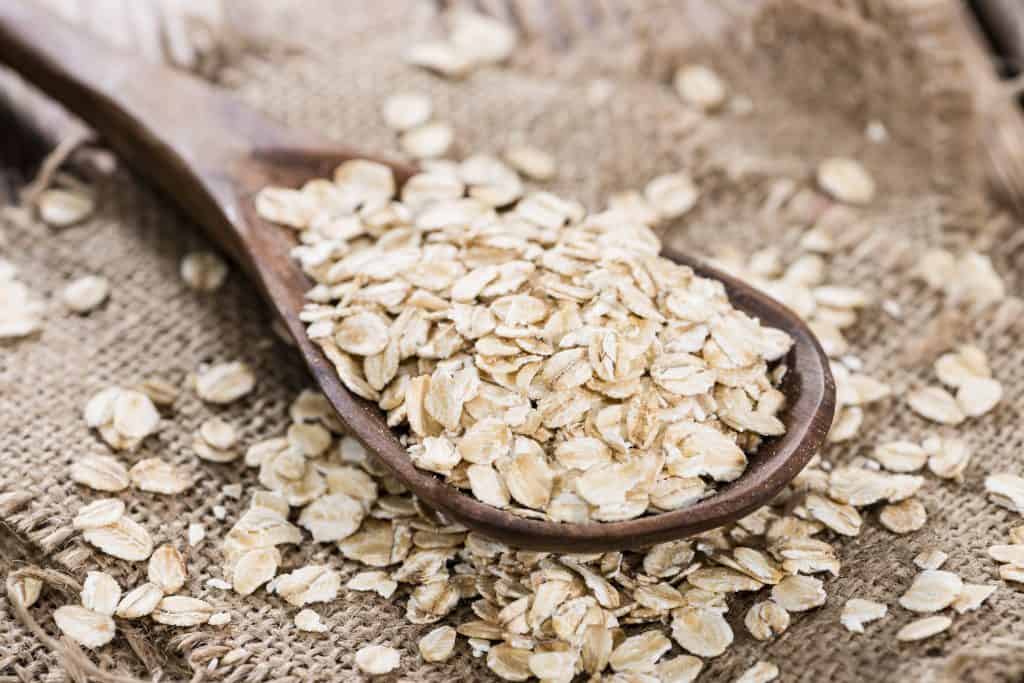
Complex Carbohydrates
Fruit: Fruit is a great source of complex carbohydrates, and it also adds sweetness and flavor to your smoothie. I like to add at least a half cup of frozen fruit to my smoothies, and most of the recipes on this site include a frozen banana because they are just so great for smoothies.
Here are some of our favorite smoothie fruits:
- bananas
- strawberries
- blueberries
- raspberries
- mangoes
- pineapple
- oranges and other citrus fruits
But, of course you aren’t limited to these fruits – we use way more fruits than this in our smoothie recipes!
Vegetables: Vegetables are another great source of complex carbohydrates, and they also add nutrients and fiber to your smoothie. I like to add at least a half cup of frozen vegetables to my smoothies. Almost every smoothie I drink personally has at least that many vegetables in my diet.
Unfortunately I’m one of those people who don’t enjoy eating vegetables much, so getting them in a smoothie is key for me to getting the nutrients I need.
Here are some great vegetable additions to a smoothie (and they hide well!):
- carrots
- spinach
- kale
- beet greens
- Swiss chard
- frozen peas
- sweet potato
- frozen cauliflower
Again, this isn’t a definitive list – use any veggie you like! Romaine, beets, and many others can be used.
Oats: Oats are a great source of complex carbohydrates, and they also add fiber and some protein to your smoothie. I like to add a quarter cup of oats to my smoothies. This is especially great for a breakfast smoothie, and you can even use steel cut oats if you like!
Quinoa: Quinoa is another great source of complex carbohydrates, and it also adds protein and fiber to your smoothie. I like to add a quarter cup of quinoa to my smoothies when I use it. This is especially great for a breakfast smoothie, or if you are looking for a little extra protein in your smoothie.
Meal Replacement Smoothie Tips and Tricks
Now that we’ve gone over some of the best ingredients for meal replacement smoothies, let’s talk about some tips and tricks for making them!
1. Add fat for staying power: Including healthy fats in your smoothie will help to keep you full longer. This is especially important if you are using a smoothie as a meal replacement.
2. Add protein for staying power: Protein is also important for making sure you are satisfied after drinking a smoothie. If you are looking to use a smoothie as a meal replacement, make sure it has at least 15-20 grams of protein.
3. Use frozen fruit and vegetables: Frozen fruit and vegetables will help to thicken your smoothie and make it more satisfying. If you use all frozen ingredients you might need a bit more liquid to blend properly. You can also use a mix of fresh and frozen, like a frozen banana with fresh pineapple. Yum!
4. Don’t forget the fiber: Fiber is important for keeping you regular, but it can also help to keep you full after drinking a smoothie. Add oats, quinoa, or flaxseed meal to your smoothie for an extra fiber boost, or choose fruits and vegetables that are naturally high in fiber.
5. Drink your smoothie slowly: This may seem like a strange tip, but it can really help! If you drink your smoothie too quickly, you may not realize how full you are until it’s too late. Drinking your smoothie slowly will help you to feel satisfied sooner.
6. Don’t add too much liquid: Too much liquid can make your smoothie less satisfying and fill you up less. Use just enough liquid to get the ingredients blending, and no more! Start with less and add more as you need it.
How to Make a Smoothie that will Actually Replace a Meal
Now let’s talk about how to actually blend your smoothie – don’t worry, it’s really easy! Just follow these simple steps:
1. Choose your base: You can use milk (dairy milk, coconut milk, almond milk, soy milk, or any other milk of your choice), water, yogurt, or even juice as your smoothie base. If you are looking to make a low-calorie smoothie, choose water, a lighter plant based milk, or skim milk. If you are looking for a creamier smoothie, go with whole milk or yogurt. And if you want a sweeter smoothie, use juice as your base.
2. Add your protein: This is where you’ll add things like tofu, Greek yogurt, nut butter, or protein powder. If you are using a plant-based protein powder, I recommend adding 1/2 scoop to 1 scoop per cup of liquid. If you are using a whey protein powder, I recommend adding 1 scoop per cup of liquid.
3. Add your healthy fats: This is where you’ll add things like avocado, chia seeds, or flaxseed meal. I recommend adding 1-2 tablespoons of healthy fats to your smoothie.
4. Add your complex carbohydrates: This is where you’ll add things like oats, quinoa, or fruit. I recommend adding 1/2 cup to 1 cup of complex carbohydrates to your smoothie.
5. Add your fiber (optional): This is where you’ll add things like flaxseed meal or psyllium husk powder. I recommend adding 1 tablespoon of fiber to your smoothie if using. The fruits and vegetables have a lot of fiber so this is not something I often do, but it can help if you’re having trouble getting in the right amount of fiber in a day.
7. Blend and enjoy! Start with the liquids first and then add the solid ingredients. Blend until smooth and enjoy immediately. If you find that your smoothie is too thick, add more liquid and blend again. If you find that your smoothie is too thin, add more solid ingredients and blend again.
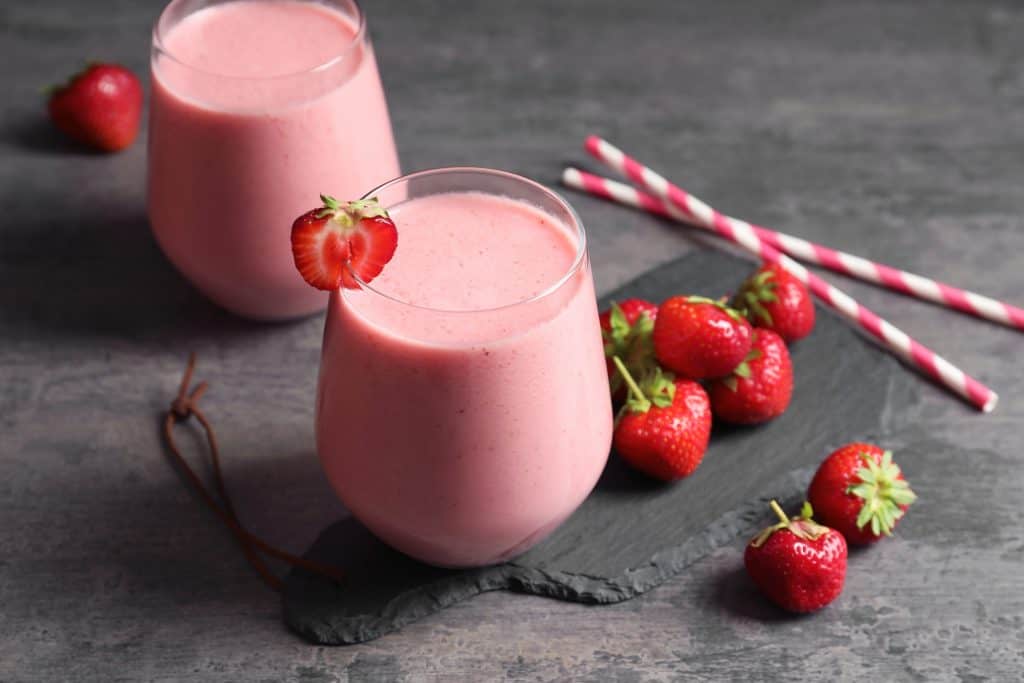
Recipes for Delicious and Nutritious Meal Replacement Smoothies
Now that you know how to make a meal replacement smoothie, let’s look at some recipes! Here are a few of my favorites:
Chocolate Peanut Butter Banana Smoothie
Ingredients:
1 cup skim milk
1/2 banana
1 scoop chocolate protein powder
1 tablespoon peanut butter
1/2 cup oats
Directions:
Blend all ingredients together until smooth and enjoy immediately.
Banana Oatmeal Smoothie
Ingredients:
1 cup skim milk
1/2 banana
1 scoop vanilla protein powder
1 tablespoon chia seeds
1/2 cup oats
Directions:
Blend all ingredients together until smooth and enjoy immediately.
Meal Replacement Green Smoothie
Ingredients:
1 cup water
1/2 banana
1 scoop vanilla protein powder
1 tablespoon flaxseed meal
1 cup spinach
Directions:
Blend all ingredients together until smooth and enjoy immediately.
Blueberry Muffin Smoothie
Ingredients:
1 cup skim milk
1/2 cup blueberries
1 scoop vanilla protein powder
1 tablespoon flaxseed meal
1/2 cup oats
Directions:
Blend all ingredients together until smooth and enjoy immediately.

Strawberry Cheesecake Meal Replacement Smoothie
Equipment
- Measuring Equipment
Ingredients
- 1 cup skim milk or nondairy milk
- 1/2 cup strawberries (fresh or frozen)
- 1 scoop vanilla protein powder
- 1 oz cream cheese
- 1/4 cup graham crackers
Instructions
- Add all ingredients to blender.
- Blend on high speed until smooth.
- Enjoy!
Notes
Final Thoughts on How to Make Meal Replacement Smoothies
Smoothies can be a great way to replace a meal, but it’s important to make sure they are nutritionally balanced. In this article we looked at how to make a smoothie that will actually replace a meal and some delicious recipes.
I hope you’ve enjoyed this guide for how to make meal replacement smoothies. There’s a lot to learn about the best ingredients and what helps keep you feeling full.
So, whether you’re looking for a quick and easy breakfast or lunch option, or you want to lose weight, these recipes have you covered!
Happy Blending!
Amanda

